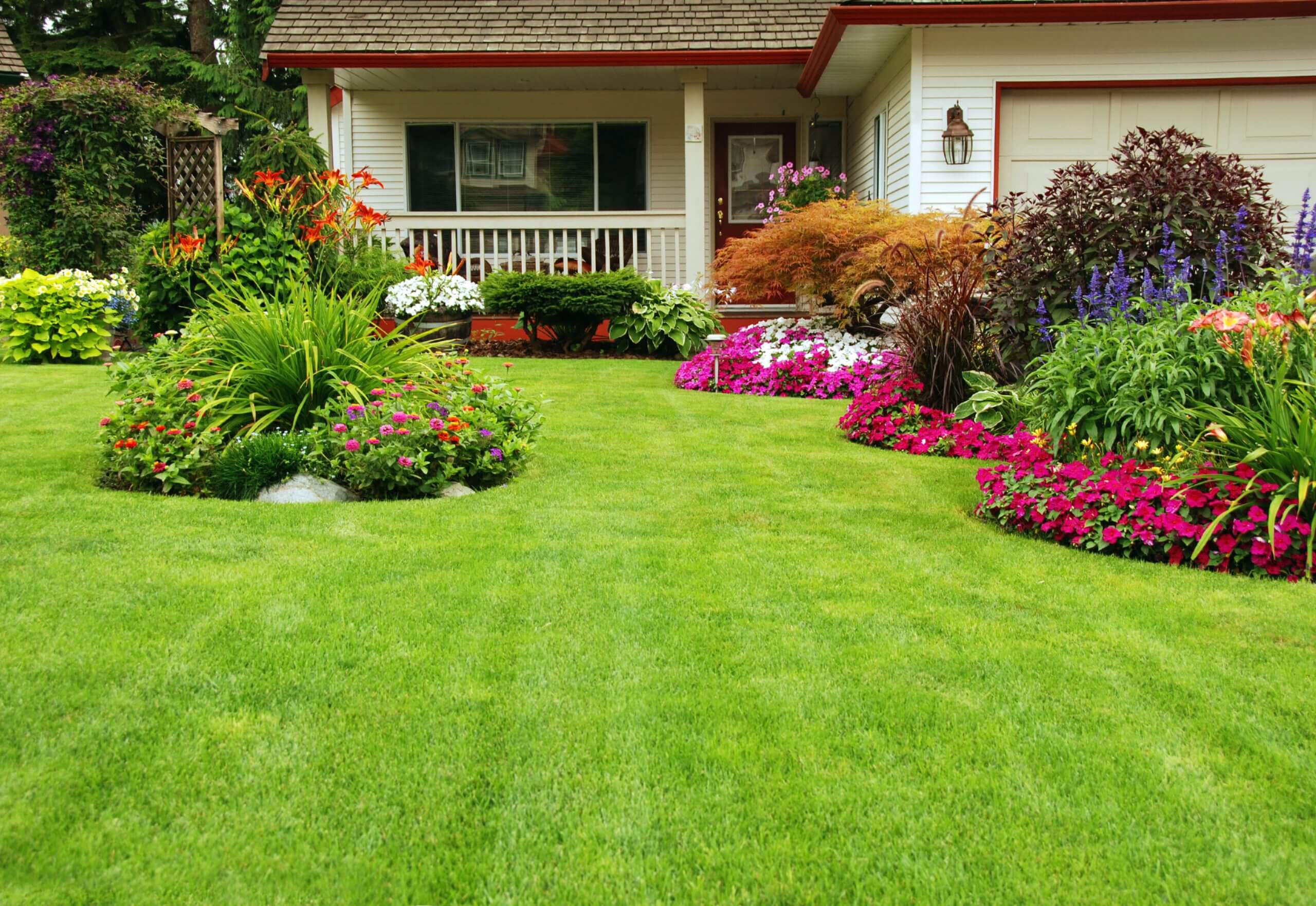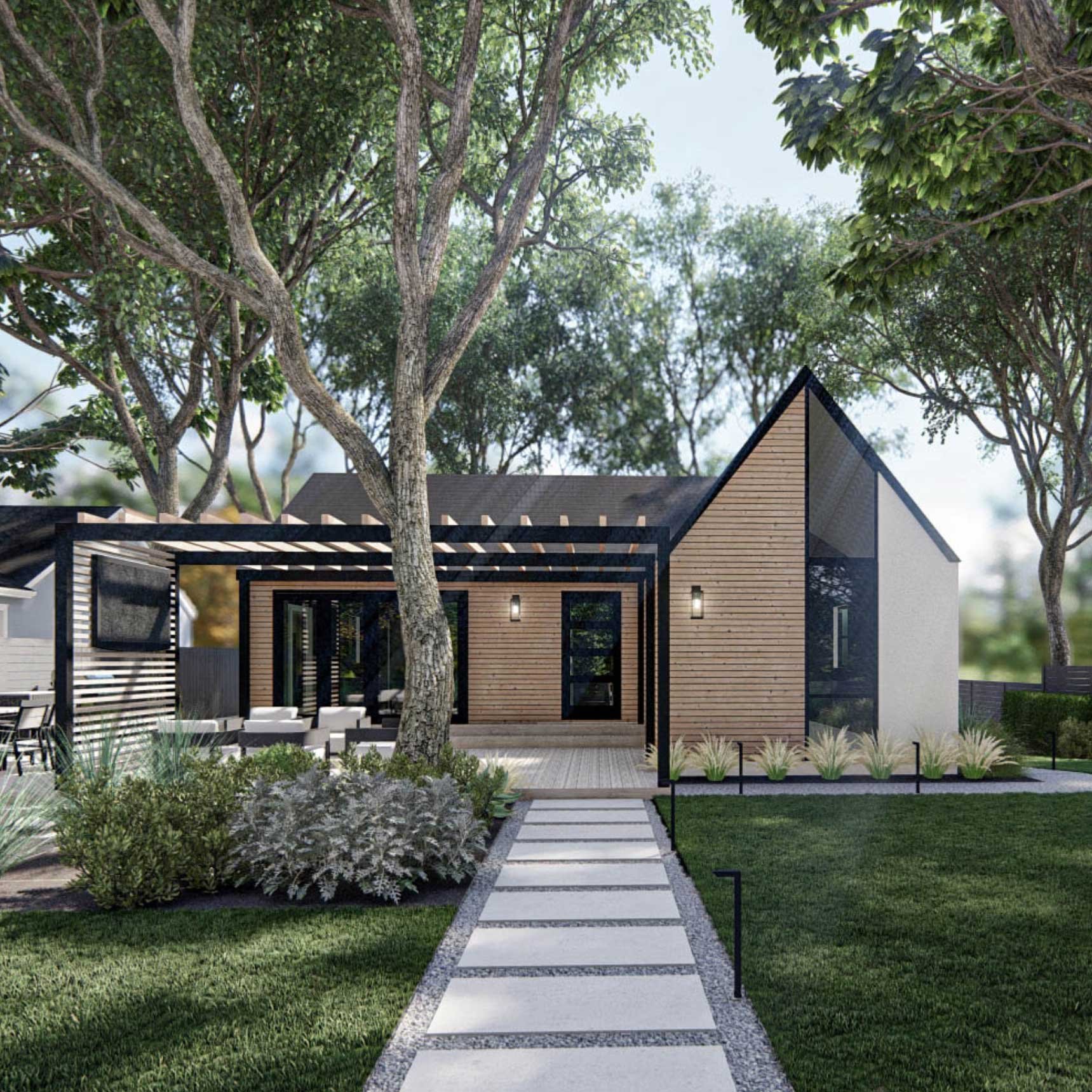Unknown Facts About Landscapers
Table of ContentsThings about LandscapersThe Landscapers DiariesThe 10-Second Trick For LandscapersThe 7-Minute Rule for LandscapersEverything about Landscapers
In the PNW there are semi-deciduous or semi-evergreen plants that may lose their leaves depending on exactly how cold the winter months is. - A flat celebration space, made of timber or composite product (made to look like timber), usually adjacent or attached to a structure.

- Granite that is weathered to the point that it is a really great accumulation. This is an all-natural procedure, and the result can be utilized for courses and outdoor patios. Decomposed granite is commonly referred to as DG. It is especially valuable in contemporary landscapes. - Trick landscape attributes being recommended in a landscape design strategy.
Landscapers Can Be Fun For Everyone
These objectives direct the design process, not the developer's design or choices. Common style goals in Rose city are low maintenance, drought forgiving, and animal friendly. - Refine for eliminating or thinning the dead reduced level of a mature yard. Thatch is turf that has died and gathered listed below the eco-friendly blades.
Over time this layer can obtain extremely thick and make it difficult for water, sunlight, and nutrients to get to portions of the turf.- The process of gathering and regulating the circulation of water on a building. This can be finished with grading, French drains, completely dry wells, absorptive surfaces, sump pump, rainfall gardens, and much more.
- A slow-moving feeding irrigation system that utilizes flexible tubing and emitters to send out a precise quantity of water to each plant. - The capability of a plant to survive without much summer season water.
- A garden feature where water is stood for by an aggregate rock item, normally a gravel or granite. These are most commonly located in modern-day and Japanese garden design.- A stone or flagstone outdoor patio, course, or pathway developed without a concrete base. The base would be compressed crushed rock and the joints would certainly be an aggregate or walkable ground cover.
Top Guidelines Of Landscapers
- A stone keeping or complimentary standing wall developed without using mortar. A very skilled mason is required for a completely dry pile rock wall surface. The majority of wall surfaces in Portland are not dry stacked, also if they show up to be. - A below ground framework that gather water and enables it to slow percolate right into the dirt around it.
Landscape style that is suitable with a websites' setting in both appearance and sustainability without unfavorable impacts to the atmosphere. Edging in the landscape is a line of demarcation that develops visual rate of interest in the yard by separating one section from an additional sector.
Locations can also have a feeling of "unit" go to these guys given by trees, other plantings, fences, or displays. The landscape near the entrance to a building.
A plant that is not native to the location where it will certainly be planted. Not all "exotics" are intrusive or unsafe, and several can be well acted or drought forgiving (Landscapers). A mass growing of ferns. Thicker bladed turf grass that spread via rhizomes.: The level of dirt on your residential or commercial property before bark dirt or compost is spread out.
Get This Report about Landscapers

The objective, reason, or activity that an area is be landscaped for. Staircases work, for instance, to enable foot traffic backwards and forwards a slope. Space for expanding plants for viewing, consuming, or exercise. A roofed building made use of over an outdoor event area. The sprouting of a seed, probably describing a grass that is being grown from seed.
Low plants that are enabled or urged to spread out over a location. Can refer to any type of "difficult" yard elements consisting of statuary or boulders however the image source majority of generally is utilized to refer to courses, outdoor patios, and walls.: Elevation difference in between the degree of water in a pond (or the degree of the pump if it rests outside the fish pond) and the upper outlet of water which affects performance of the water pump in gph (gallons per hour).

Examine This Report on Landscapers
Typical PNW landscapes are informal. A plant that spreads even more than wanted, or right into habitats where it does damage.
Can include head positionings and coverage, pipeline sizing, GPM specs, and materials required to install this system. Licensed specialist that develops landscapes, educated in design and architecture as well as in cultivation.
The professional that plans and creates landscape projects, normally at a household or little industrial degree with the major style catalyst on plantings. Landscape developers normally have much less schooling than Landscape Architects and are not licensed. A finished landscape layout, outlining all components for the brand-new landscape. This normally takes the type of a drawing theoretically.
A water limited HDPE material utilized beneath fish ponds, streams and waterfalls in water attributes. Utilizing several growings of the same variety to fill up in an area in the landscape.